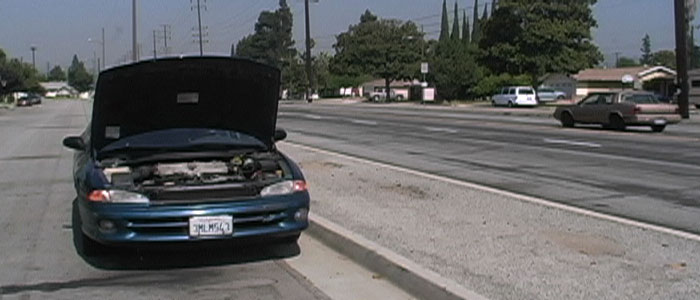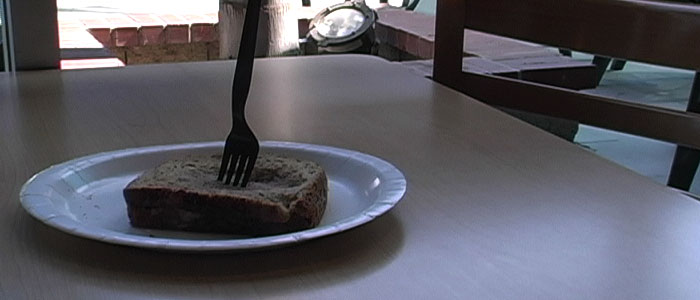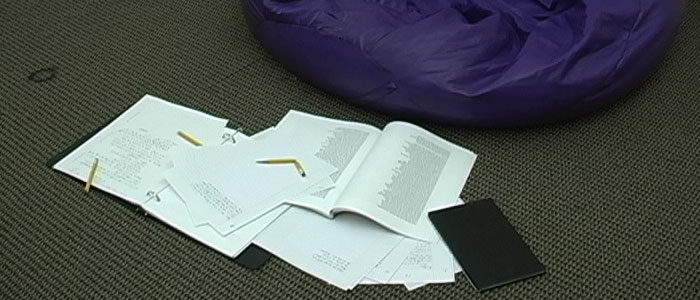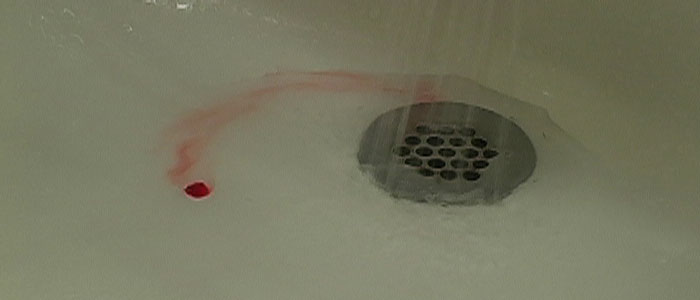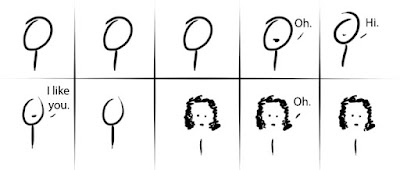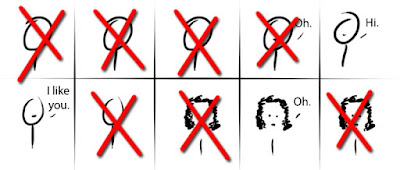Unfortunately, you and I are not likely to create mind-blowing, ground-breaking, eye-popping, hyphen-inducing SFX with our limited (or non-existant) budgets. More than that, since I didn't major in computer graphics, I have very limited experience with effects at all. The things I've done have been mostly self-taught and "background" effects that fix something behind the character. I've never created a character out of thin air and pixels.
If you're trying to make a movie based on special effects and computer generated elements, you need to have incredible skill and artistic mastery. Right now the two movies that fall into this category are Avatar and District 9. My movies do not. My effects fall into a totally different category and I've learned that there are two rules for special effects in things I produce:
- They must communicate.
- They must not distract.
Great-looking is nice. But with my budget, skill and timeline, I have to settle for good enough. First, the audience needs to recognize the final product. If I am adding a spaceship, it needs to clearly be a spaceship. If I'm covering up a logo on a sign, the new sign needs to match the lighting and style. Second, the effect must not pull your audience out of the experience. The spaceship needs to fly without obvious strings or pass through a wall (unless it's a spaceship that can do that kind of thing). The sign needs to match the movement of your shot and not "slip" on the screen.
But that's it: Communicate, don't distract.
A little flicker on the edge? Does it distract your audience? I don't care if you notice it. Of course you notice it since you're making it. Will your audience? If not, it's time to move on to the next shot.
How do you figure out if your audience will understand and not notice your effect? Get someone who is not a filmmaker to watch the clip. But do not:
- Play the clip only. Instead, play the bit before and after the event so your friend doesn't know exactly what the effect is.
- Ask, "Does the flicker on the edge bother you?" This defeats the purpose of seeing if someone will notice it on their own.
I go to a friend and ask, "Can you lend me your eyes for a minute?" Then, when ready, I ask, "Does anything bother you?" and push play...
What's interesting is the response is typically, "Well, I didn't like the lighting." Or, "The line was a little weak."
That's when I'll ask, "So the jitter in the sign motion didn't bother you?"
I almost always have to play the clip again so they can see it.
But I have what I need: Authorization to move on to the next effect.
~Luke Holzmann
Your Media Production Mentor




